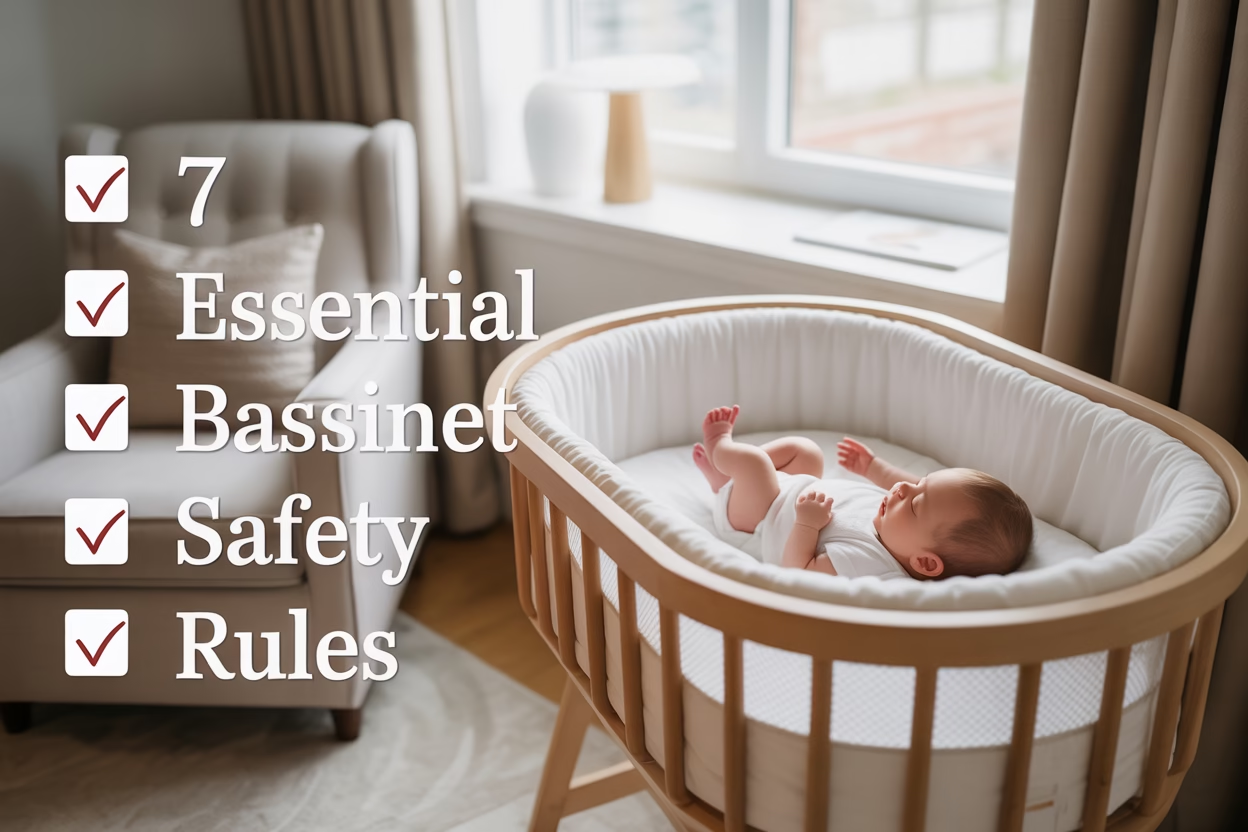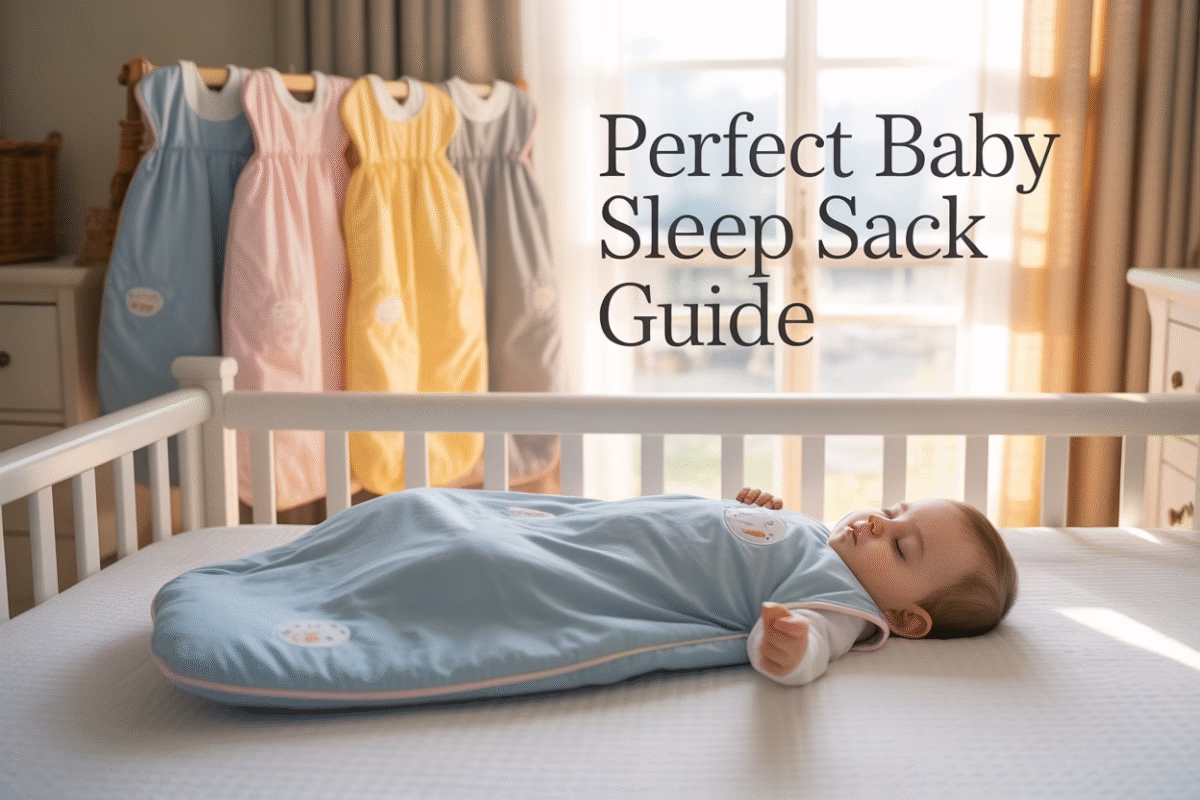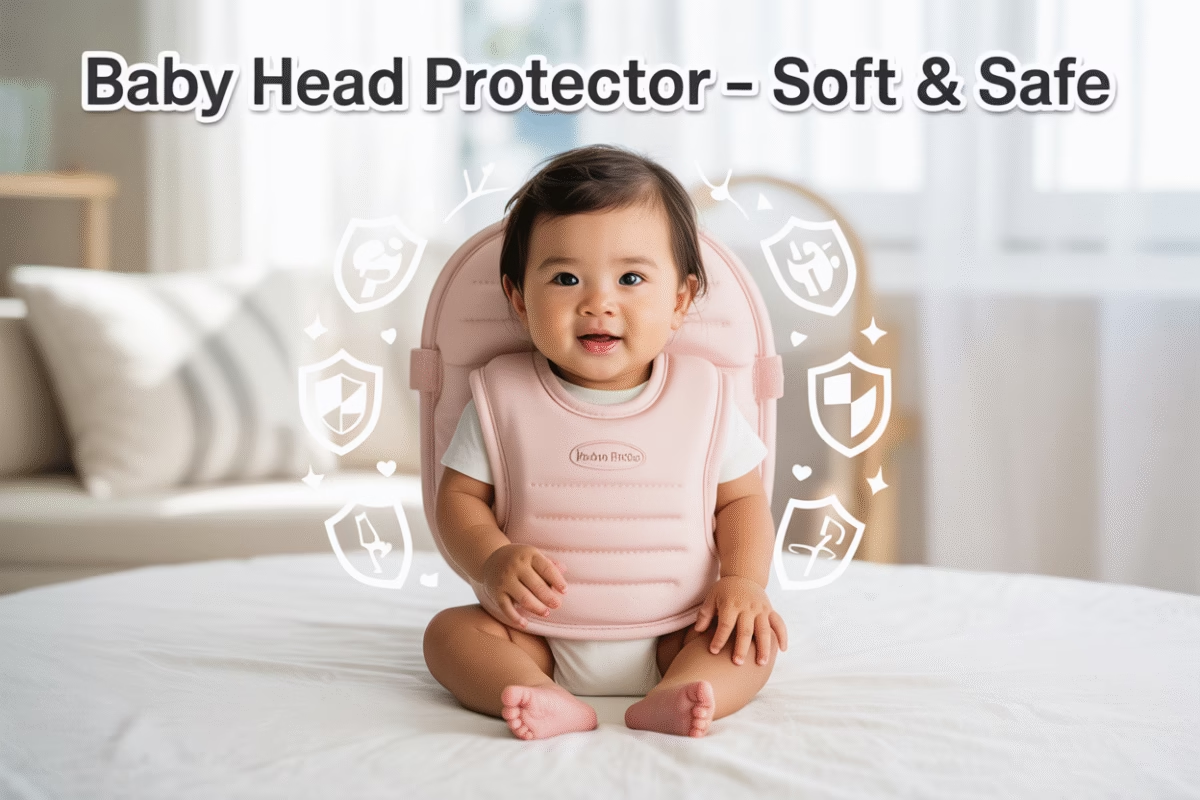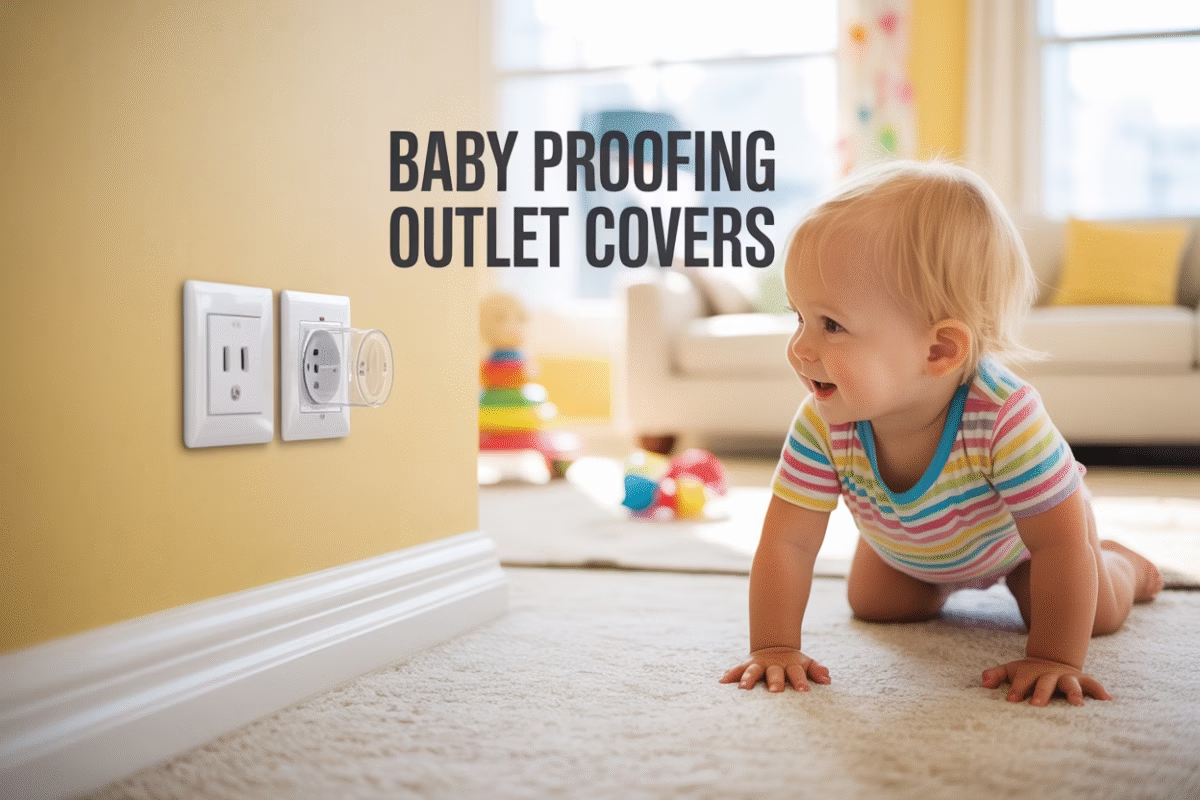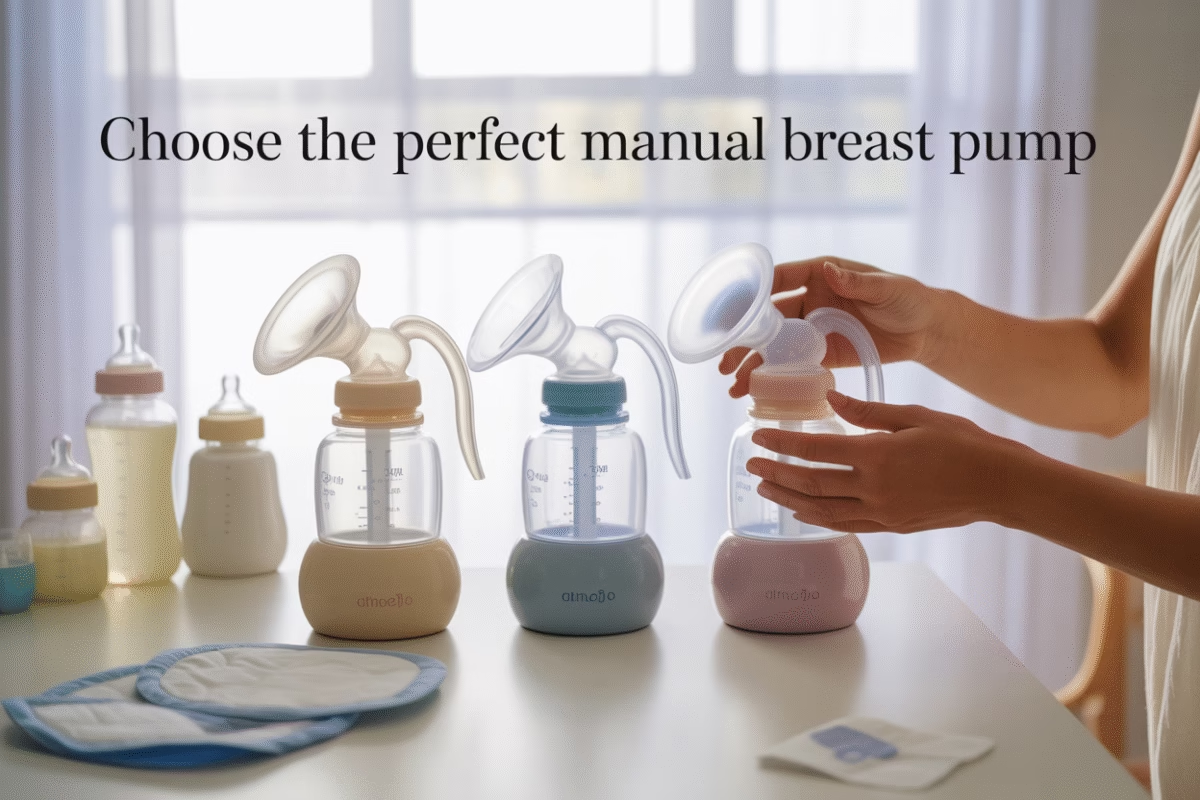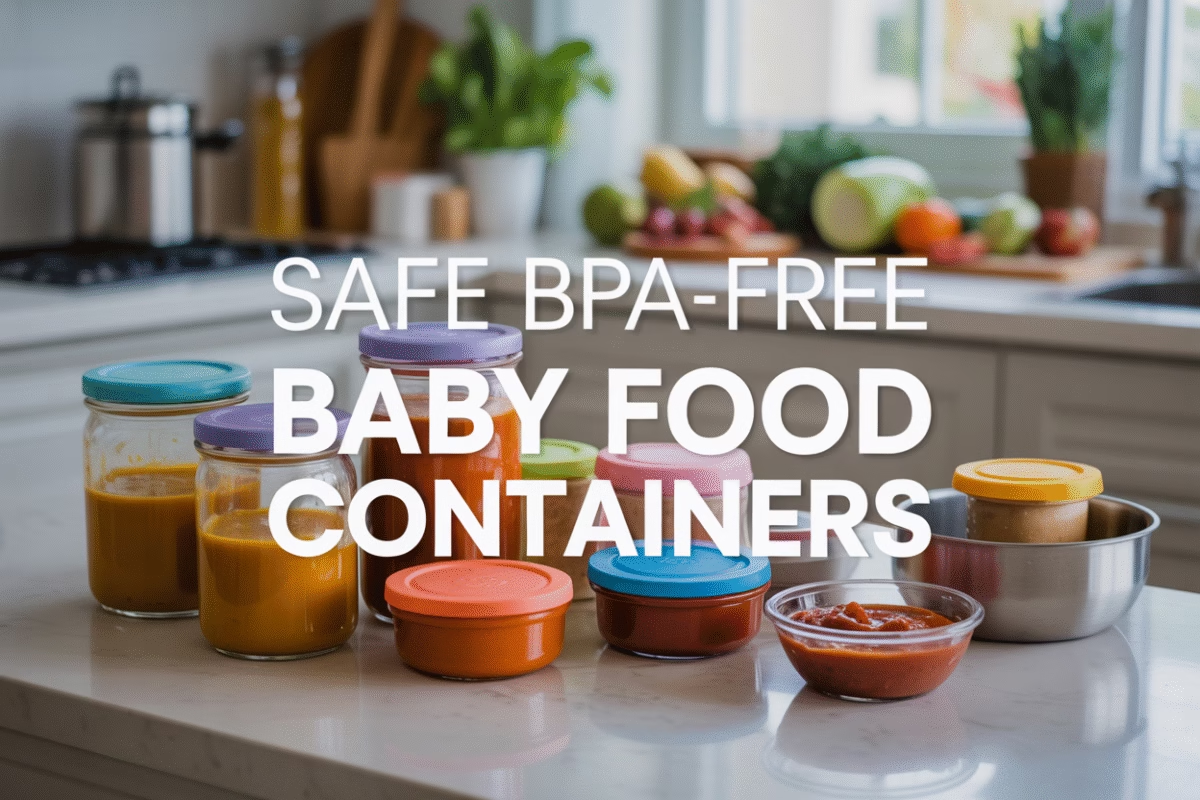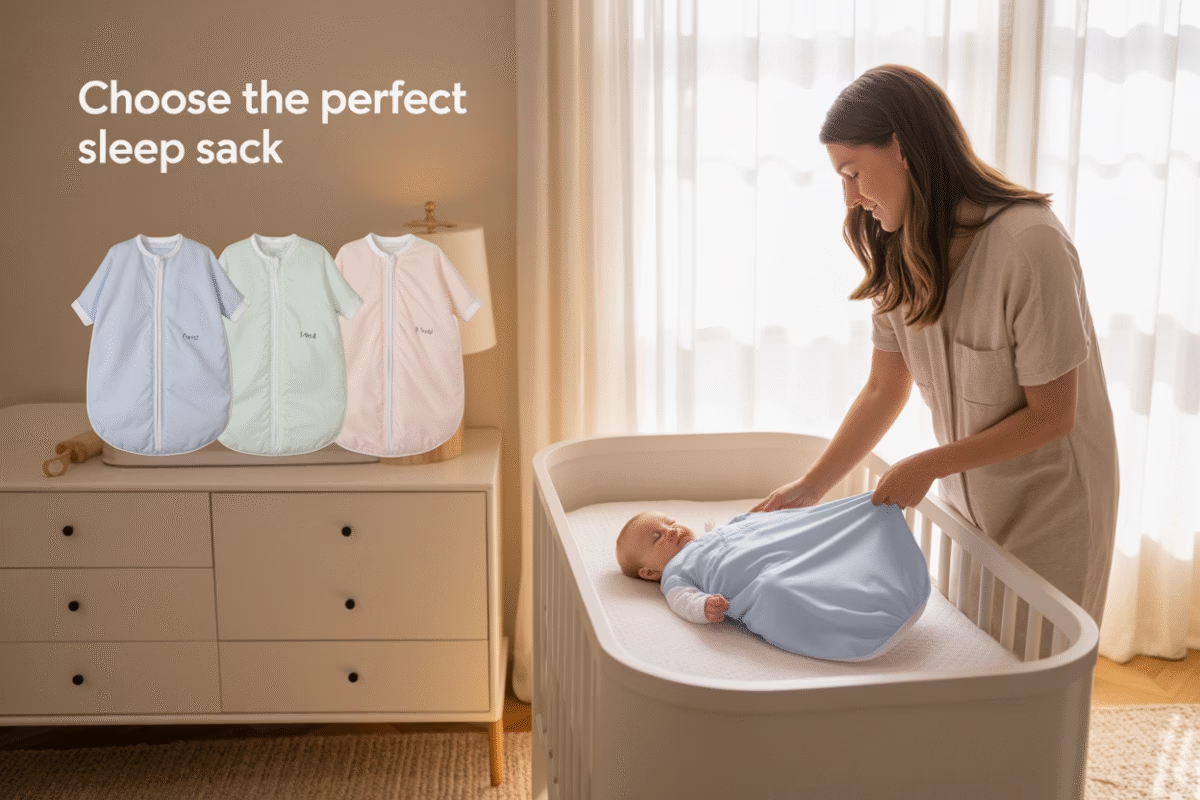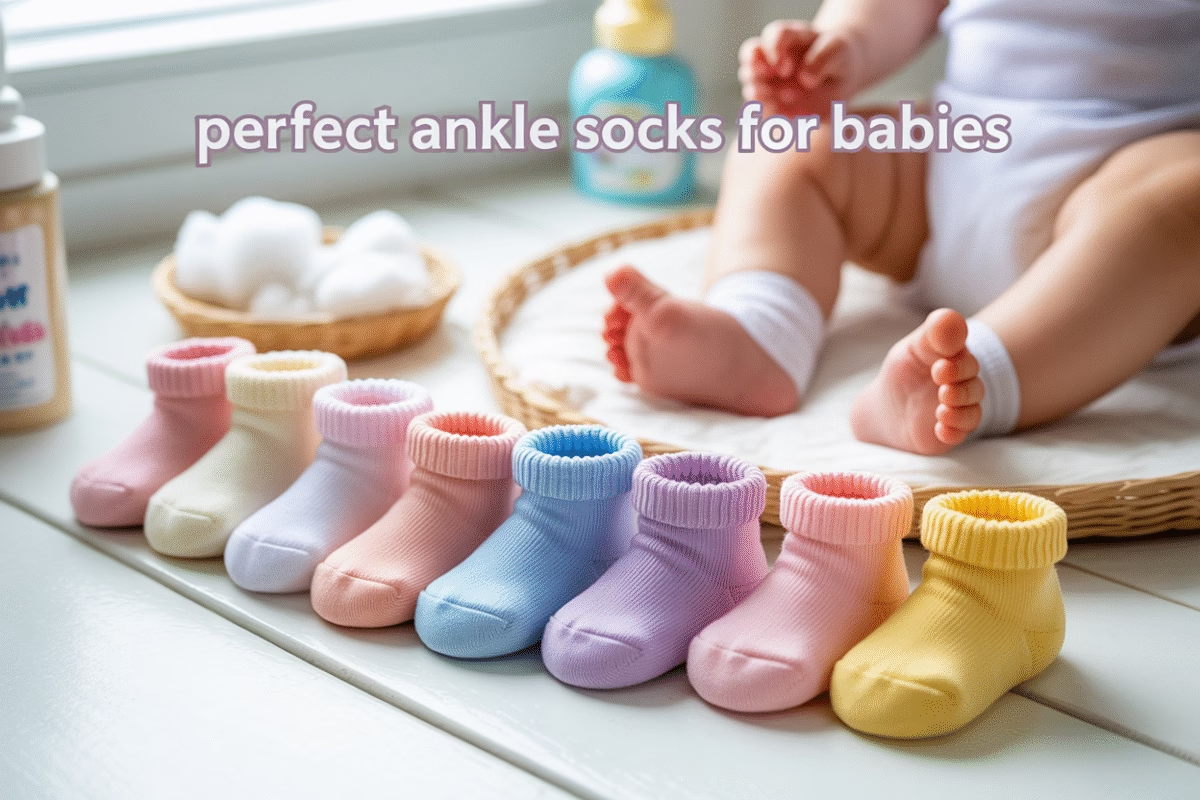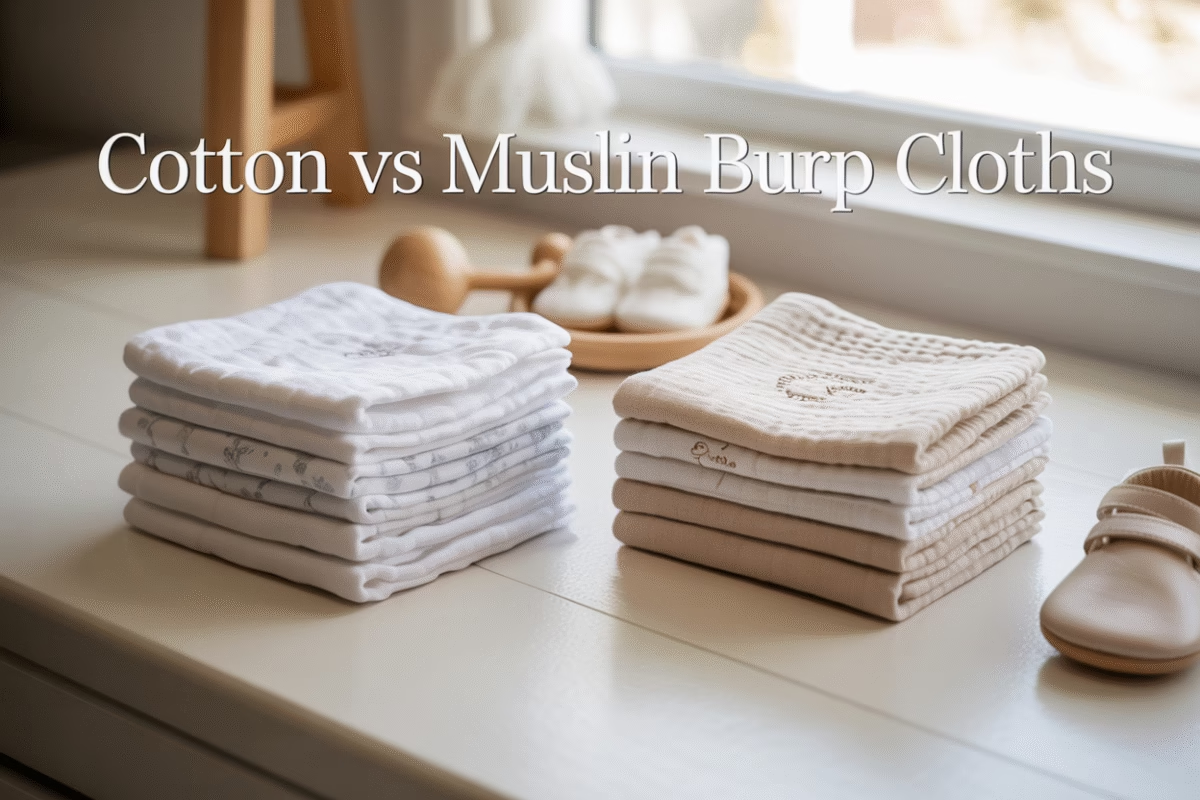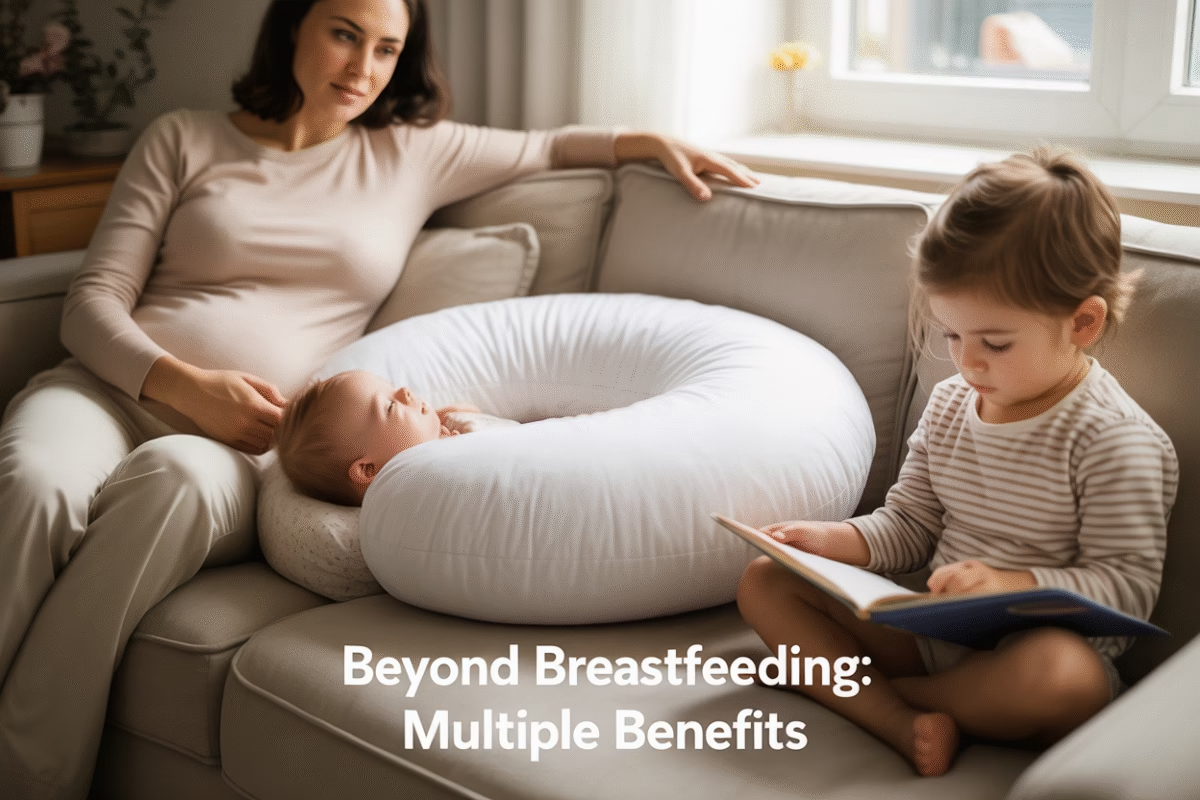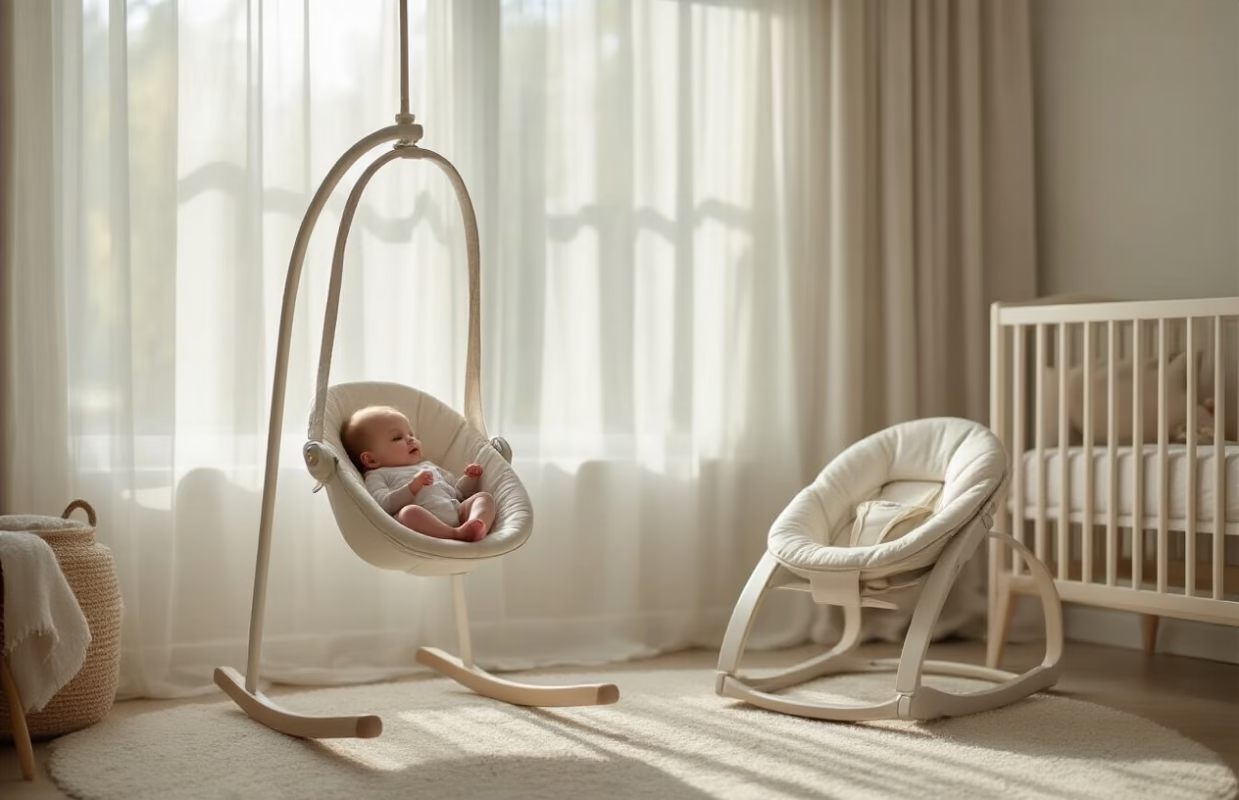As a new parent, your baby’s safety during sleep is your top priority, and understanding baby bassinet safety rules can mean the difference between peaceful nights and preventable accidents.
This guide is designed for first-time parents, caregivers, and anyone responsible for infant sleep safety who wants to create the safest possible sleeping environment.
You’ll learn how to select the ideal bassinet size and determine the optimal placement in your home. We’ll also cover safe sleep positioning techniques and help you recognize when it’s time to transition your growing baby out of their bassinet.
By following these seven essential safety rules, you’ll have the confidence to provide your little one with secure, restful sleep from day one.
Table of Contents
Choose the Right Bassinet Size and Weight Limits: Baby Bassinet
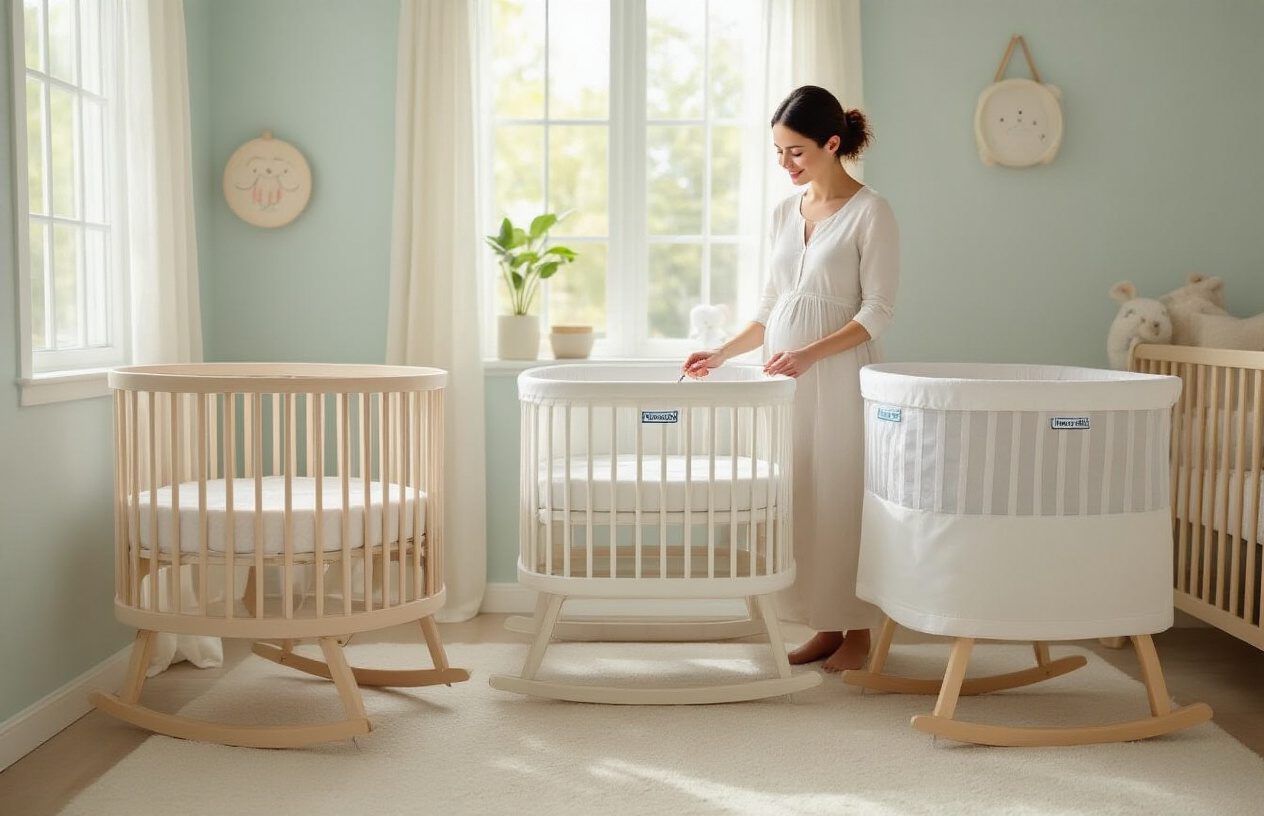
Verify Maximum Weight Capacity Before Purchase
Every baby bassinet comes with specific weight limits that manufacturers set based on safety testing and structural integrity. Most bassinets support babies between 15-20 pounds, though some models accommodate up to 25 pounds. These limits aren’t suggestions – they’re critical safety boundaries that protect your little one from potential collapse or tipping hazards.
Before bringing your baby bassinet home, check the product manual and any labels attached to the frame. The weight capacity should be clearly displayed, often found on a sticker near the base or printed in the instruction booklet. Don’t assume all bassinets are the same – weight limits vary significantly between brands and models.
Remember that weight restrictions are closely tied to your baby’s developmental milestones.
Once babies start pushing up on their hands and knees or attempting to roll over consistently, they can create additional stress on the bassinet structure, even if they haven’t reached the maximum weight limit yet.
Ensure Proper Mattress Fit with No Gaps: Baby Bassinet
The mattress fit in your baby bassinet deserves your careful attention because gaps create serious safety risks. A properly fitted mattress should sit snugly against all four sides of the bassinet with no space for your baby’s head or body to become trapped.
Test the fit by running your hand along the perimeter where the mattress meets the bassinet walls. You shouldn’t be able to fit more than two fingers between the mattress edge and the bassinet side. Any gap larger than this poses an entrapment hazard that could restrict your baby’s breathing.
Many parents make the mistake of using custom mattresses or padding to fill gaps, but this creates additional suffocation risks. Instead, return an ill-fitting bassinet and find one where the included mattress fits properly. The original mattress that comes with your bassinet is specifically designed for that model’s dimensions and safety standards.
Check Age Restrictions and Transition Timing
Age restrictions for baby bassinets typically range from birth to 4-6 months, but your baby’s individual development matters more than calendar age. Most babies outgrow their bassinet when they reach 15-20 pounds, can push up on their hands and knees, or begin rolling over consistently.
Watch for signs that your baby is getting too active for bassinet sleeping. If you notice your little one pushing against the sides, rocking the bassinet, or seeming cramped during sleep, it’s time to transition to a crib, regardless of weight or age guidelines.
Some parents try to extend bassinet use by removing babies who’ve exceeded weight limits during awake time but continue nighttime sleeping. This approach creates confusion and safety risks. Once your baby reaches any limitation – weight, age, or developmental milestone – make the complete transition to a crib for all sleep periods.
Plan your transition timing by monitoring your baby’s growth patterns and developmental progress.
Create a Safe Sleep Environment
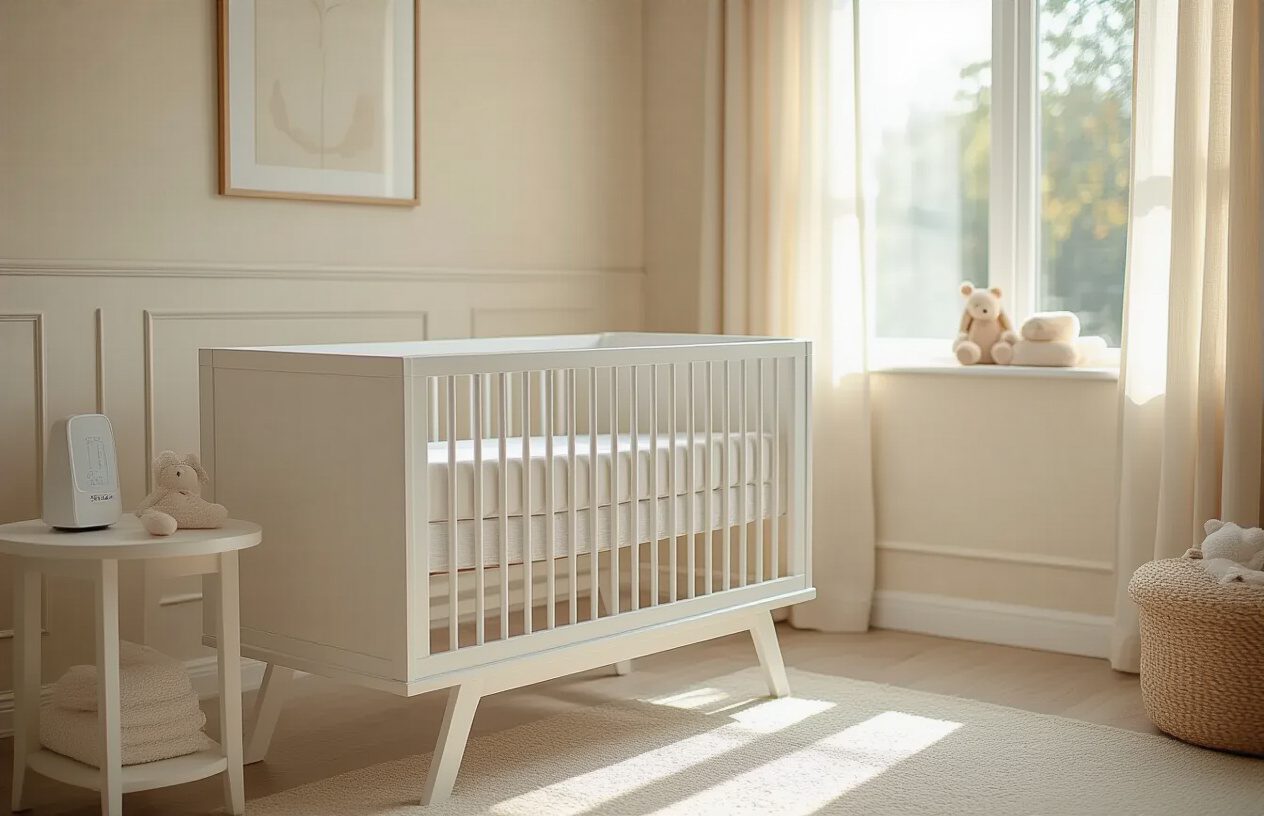
Use Only Fitted Bassinet Sheets
Proper bedding starts with the right sheets. Your baby bassinet requires sheets that fit snugly around the mattress without bunching up or coming loose. Loose sheets create suffocation risks and can interfere with your baby’s breathing. Choose sheets specifically designed for your bassinet model, as universal sheets often don’t provide the secure fit you need.
Check the sheet’s elasticity regularly. Stretched-out elastic loses its grip on the mattress corners, creating dangerous slack. Replace sheets immediately if they show signs of wear or no longer maintain their tight fit. Cotton sheets work best because they’re breathable and easy to wash frequently.
Keep the Bassinet Completely Bare of Loose Items: Baby Bassinet
Your baby’s bassinet should contain nothing except your baby and a fitted sheet. This means no blankets, pillows, bumper pads, stuffed animals, or decorative items. These objects pose serious suffocation and entrapment hazards for infants who can’t yet move their heads effectively.
Many parents worry about their baby getting cold, but babies generate plenty of body heat. If you’re concerned about warmth, dress your baby in appropriate sleepwear or use a sleep sack instead of loose blankets. Sleep sacks provide warmth without creating loose fabric that could cover your baby’s face.
Maintain Proper Room Temperature
The ideal room temperature for your baby bassinet ranges between 68-70°F (20-21°C). Overheating increases the risk of SIDS, while rooms that are too cold can disrupt your baby’s sleep patterns. Use a room thermometer to monitor temperature accurately rather than guessing based on how you feel.
Dress your baby in light sleep clothing when the room is at the proper temperature. A good rule of thumb: your baby should wear one more layer than you’d be comfortable wearing in the same room. Watch for signs of overheating like sweating, flushed cheeks, or rapid breathing.
Position Bassinet Away from Hazards
Location matters significantly for bassinet safety. Keep your baby’s bassinet at least three feet away from heating vents, radiators, fireplaces, and direct sunlight. These heat sources can create dangerous temperature fluctuations and overheating risks.
Avoid placing the bassinet near windows with cords from blinds or curtains, as these create strangulation hazards. Keep the bassinet away from ceiling fans, hanging mobiles, and wall decorations that could fall.
Choose a spot with good air circulation but away from drafts that could make your baby uncomfortable.
Establish Proper Bassinet Placement: Baby Bassinet
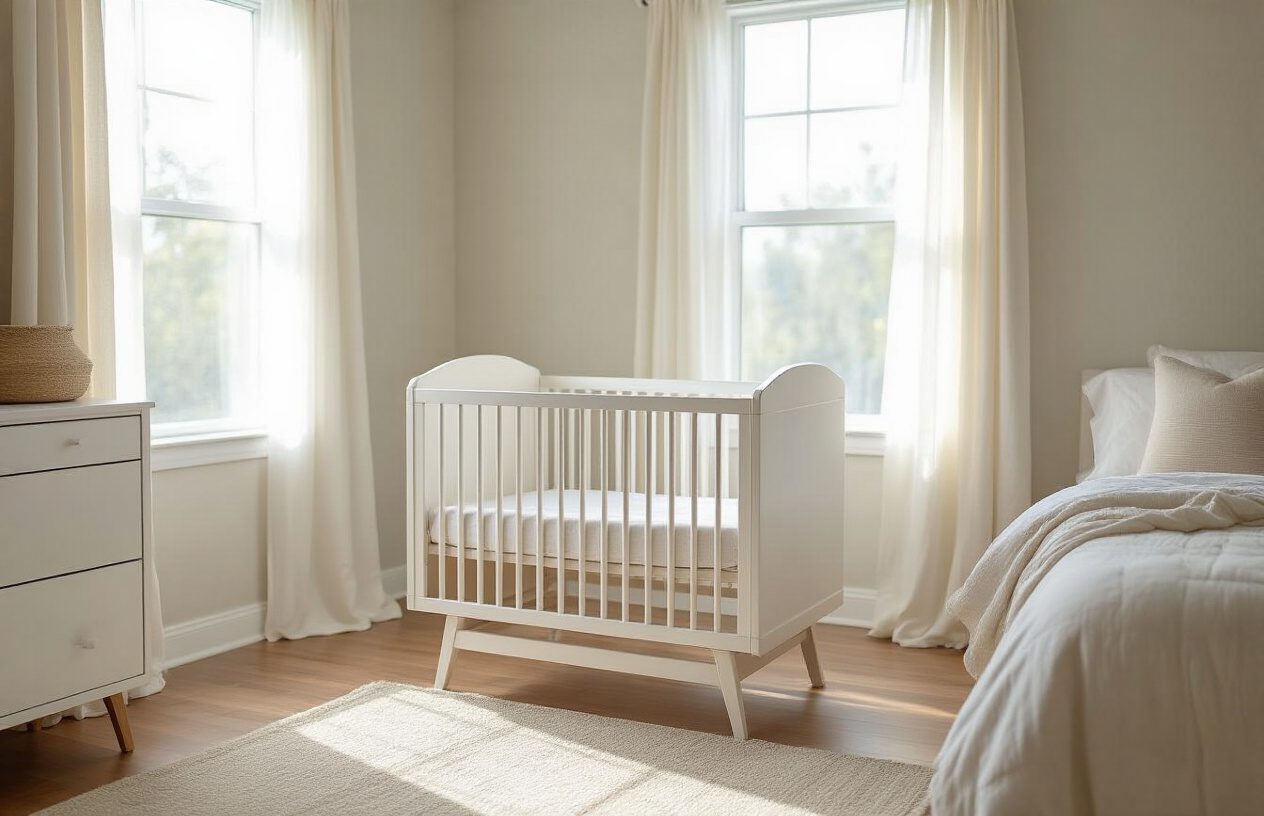
Place on stable, level surfaces only
Your baby bassinet needs a rock-solid foundation to prevent dangerous tipping or wobbling. Always position your bassinet on firm, flat surfaces like hardwood floors, tile, or low-pile carpeting. Avoid placing it on soft surfaces such as beds, couches, or thick rugs that could create an unstable base.
Check the surface for any unevenness before setting up your bassinet. Even a slight tilt can cause problems when your baby moves around. If you’re using a bassinet with wheels or a rocking feature, make sure the locking mechanisms work properly and engage them when the bassinet is in use.
Keep away from windows and blinds
Windows pose multiple safety risks for your baby bassinet placement. Direct sunlight streaming through windows can overheat your little one and create uncomfortable temperature fluctuations throughout the day. Position your bassinet at least three feet away from any windows to avoid these issues.
Blind cords present a serious strangulation hazard. Even if cords seem out of reach, babies grow quickly and become more mobile than you expect. Window treatments with long cords, chains, or loops should never be within arm’s reach of your bassinet location.
Consider the temperature near windows, too. Areas close to windows often experience drafts in winter or excessive heat in summer, making it harder to maintain a comfortable sleeping environment for your baby.
Ensure adequate ventilation around the bassinet
Good airflow around your baby bassinet helps regulate temperature and prevents the buildup of carbon dioxide. Leave at least two feet of clear space on all sides of the bassinet whenever possible. This spacing allows fresh air to circulate freely and prevents overheating.
Don’t push your bassinet tight against walls or into corners where air circulation becomes restricted. While it might seem cozy, enclosed spaces can trap stale air and create unsafe sleeping conditions.
Keep the area around your bassinet clear of heavy curtains, blankets, or furniture that could block airflow. Room fans can help improve circulation, but position them so they don’t blow directly on your baby or create drafts that might disturb sleep.
Follow Assembly and Maintenance Guidelines: Baby Bassinet
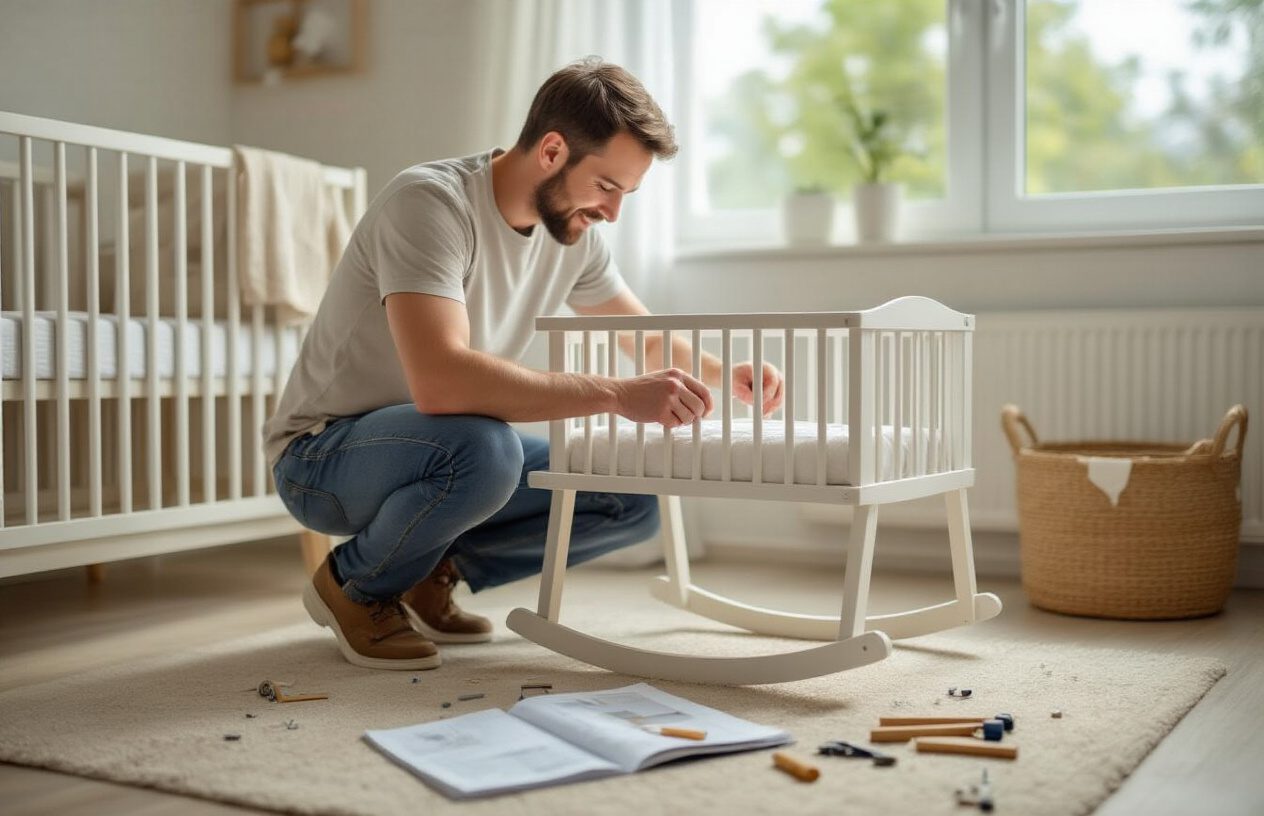
Inspect All Parts Before First Use
Before setting up your baby bassinet for the first time, take everything out of the box and lay it on a clean surface. Check each component against the instruction manual to make sure nothing is missing. Look for any obvious damage like cracks in the plastic, bent metal pieces, or tears in fabric components. Run your hands along all edges to feel for sharp spots or rough areas that could pose a safety risk.
Pay special attention to the bassinet’s base and support structure. These parts bear your baby’s weight and need to be completely intact. If you spot any defects, contact the manufacturer immediately rather than attempting to use the bassinet.
Most companies will replace damaged parts quickly when safety is involved.
Regularly Check for Loose Screws and Wear: Baby Bassinet
Your baby bassinet needs regular safety inspections, just like checking your car’s tire pressure. Set a monthly reminder to examine all screws, bolts, and connection points. Use the appropriate screwdriver or tool to gently tighten any loose hardware, but don’t overtighten as this can strip threads or crack components.
Watch for signs of wear on fabric areas, especially where your baby’s weight creates pressure points. Look for fraying seams, stretched elastic, or areas where the fabric is pulling away from the frame. The mattress support needs particular attention since it carries the most weight. Check that it sits evenly and doesn’t sag or bow in any direction.
Clean According to the Manufacturer’s Instructions
Each baby bassinet has specific cleaning requirements based on its materials and construction. Some fabric components can go in the washing machine, while others need spot cleaning only. Hard surfaces typically wipe clean with mild soap and water, but always check the manual first.
Avoid harsh chemicals, bleach, or abrasive cleaners that could damage materials or leave harmful residues. When washing removable parts, make sure they’re completely dry before reassembling to prevent mold or mildew growth. Store cleaning supplies safely away from your baby’s reach.
Replace Damaged Components Immediately
Don’t try to repair damaged bassinet parts yourself, or continue using the bassinet if something breaks. Contact the manufacturer’s customer service to order replacement parts or determine if the entire unit needs replacing. Many companies offer warranties that cover manufacturing defects.
Keep your purchase receipt and model number handy for warranty claims. If replacement parts aren’t available or the bassinet is discontinued, it’s time to invest in a new one for your baby’s safety.
Practice Safe Sleep Positioning
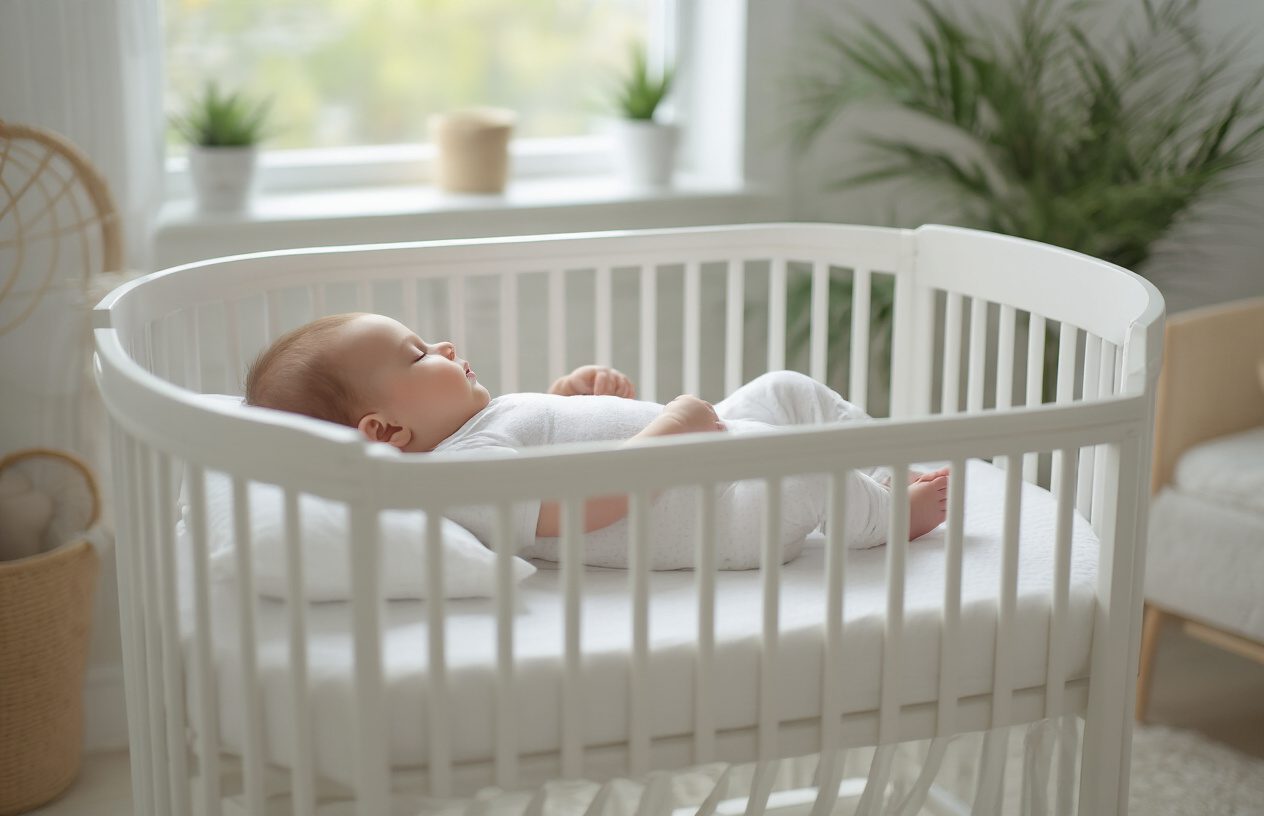
Always place the baby on their back: Baby Bassinet
Back sleeping is the gold standard for safe infant sleep in your baby bassinet. This position dramatically reduces the risk of Sudden Infant Death Syndrome (SIDS) by keeping your baby’s airway clear and preventing them from rebreathing carbon dioxide. When you place your little one in their bassinet, they should be lying completely flat on their back, not on their side or stomach.
Some parents worry their baby might choke while sleeping on their back, but healthy babies naturally protect their airway during sleep. Babies have strong reflexes that help them cough or swallow if anything enters their throat. The back-sleeping position actually makes it easier for babies to clear their airways compared to stomach sleeping.
Ensure the baby’s head remains uncovered
Your baby’s head acts as their primary temperature regulation system, so keeping it uncovered is essential for safe sleep in the bassinet. Never use blankets, hats, or headwear during sleep time, even if the room feels chilly to you. Babies release excess heat through their heads, and covering this area can lead to dangerous overheating.
Check that your baby’s bassinet sheets fit snugly and won’t bunch up around their face or head during sleep. Loose bedding poses a suffocation risk and can also cause overheating. Instead of blankets, dress your baby in appropriate sleep clothing like a sleep sack or footed pajamas that provide warmth without covering their head.
Watch for signs of overheating like sweating, damp hair, flushed cheeks, or rapid breathing. Your baby’s chest should feel warm but not hot to the touch, and their hands and feet may feel cooler than their core body temperature.
Avoid elevated sleep positions
Keeping your baby’s bassinet completely flat is crucial for safe sleep. Resist the urge to prop up one end of the bassinet or use products that elevate your baby’s head, even if they seem to sleep better in an inclined position. Elevated sleep positions can cause your baby’s head to fall forward, potentially blocking their airway.
Products marketed as “reflux wedges” or inclined sleepers have been linked to infant deaths and are not recommended by pediatric safety experts. If your baby has reflux or congestion, speak with your pediatrician about safe management strategies rather than changing their sleep position.
Understand When to Stop Using Your Bassinet
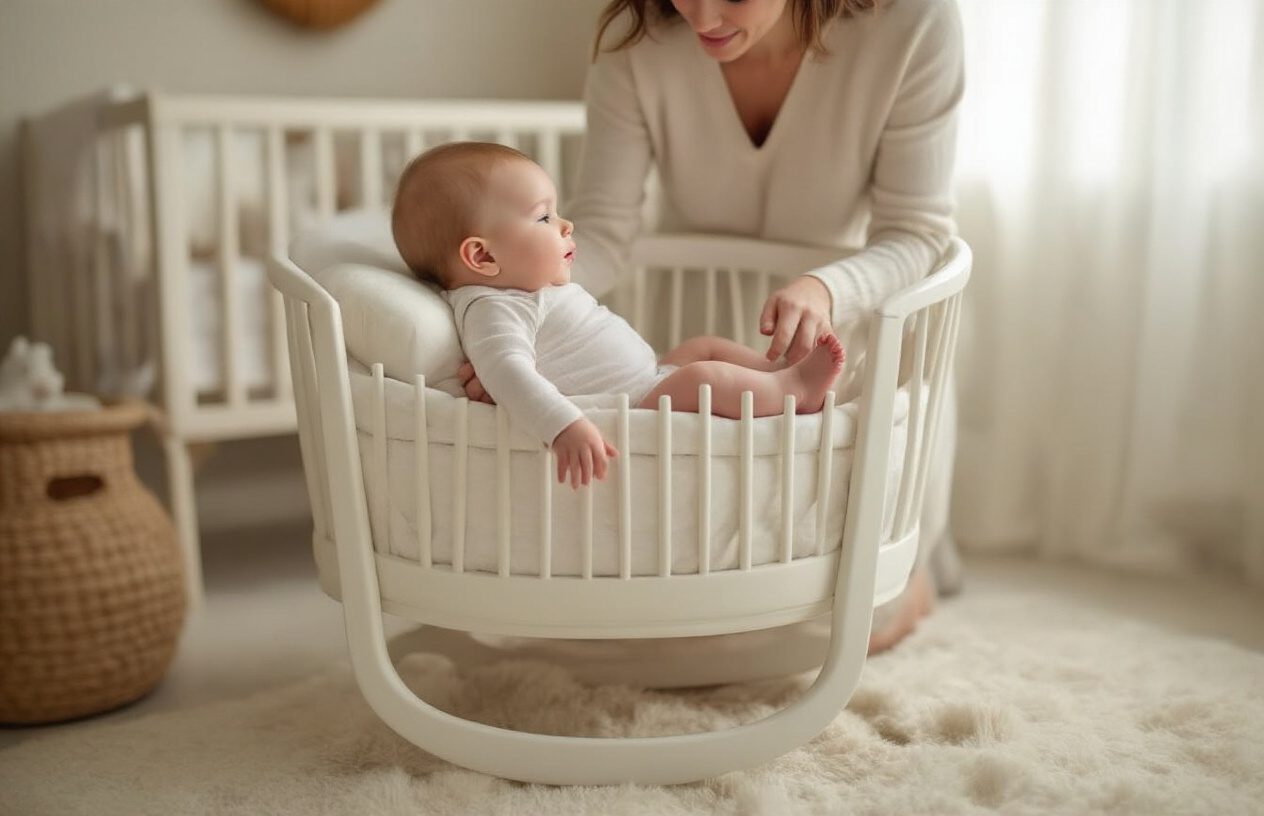
Monitor the baby’s rolling and mobility development
Once your little one starts showing signs of increased mobility, your baby bassinet becomes less safe. Rolling is the first major milestone that signals it’s time to start planning the transition. Most babies begin rolling over between 4-6 months, though some achieve this skill earlier or later.
Watch for these developmental cues that indicate your baby is outgrowing their bassinet:
- Back-to-side rolling: Even partial rolling attempts mean your baby is developing the strength and coordination to potentially roll completely
- Increased wiggling and scooting: Babies who move around more during sleep are at higher risk of getting into unsafe positions
- Attempting to push up on hands and knees: This shows developing upper body strength that precedes sitting and pulling up
- More active sleep patterns: Restless sleepers who change positions frequently may be ready for a larger, more secure sleep space
Watch for signs of outgrowing weight limits
Every baby bassinet comes with specific weight and age restrictions that you absolutely cannot ignore. Most bassinets accommodate babies up to 15-20 pounds or 3-4 months old, but these limits vary by manufacturer.
Check your bassinet’s manual for exact specifications and weigh your baby regularly to track their progress toward these limits. Don’t wait until you think they’re close – start planning the transition when they reach about 80% of the weight limit.
Signs your baby is approaching weight limits include:
- The bassinet’s bottom is sagging or showing stress
- Difficulty lifting the bassinet when the baby is inside
- The bassinet feels unstable when you place the baby down
- Any creaking or unusual sounds from the frame
Transition before the baby can pull up or sit: Baby Bassinet
The most critical safety rule is transitioning before your baby develops the ability to sit up unassisted or pull themselves up to standing. These skills typically emerge between 4-8 months, but early developers may show these abilities sooner.
Babies who can sit or pull up in a bassinet face serious fall risks, as bassinets have low sides compared to cribs. Even if your baby hasn’t mastered these skills yet, watch for early signs like:
- Attempting to grab the bassinet sides to pull themselves up
- Sitting with minimal support during awake time
- Showing strong core muscles and balance during tummy time
- Trying to get into a sitting position from lying down
Avoid Common Bassinet Safety Mistakes
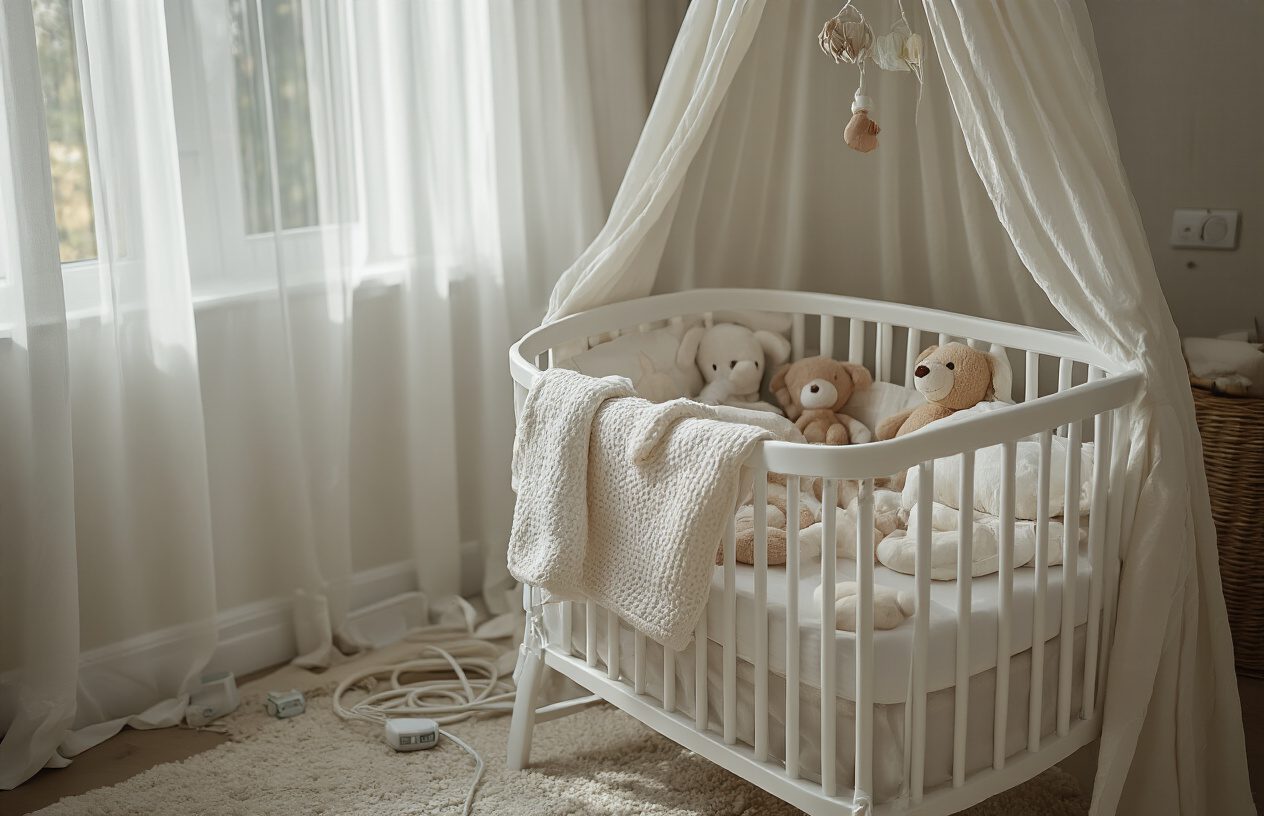
Never use damaged or recalled bassinets: Baby Bassinet
Damaged bassinets pose serious risks to your baby’s safety. Before each use, inspect your baby bassinet for cracks, loose screws, broken parts, or worn fabric. Pay special attention to the base, sides, and any folding mechanisms. Even small cracks can worsen over time and lead to complete failure.
Check recall databases regularly through the Consumer Product Safety Commission (CPSC) website. Manufacturers sometimes discover safety issues after products hit the market. If your bassinet gets recalled, stop using it immediately, even if it appears to be working fine. Many retailers and manufacturers offer free replacements or repairs for recalled items.
Avoid adding aftermarket accessories: Baby Bassinet
Resist the urge to customize your baby bassinet with add-on products not specifically designed for your model. Aftermarket bumpers, mattress toppers, positioning devices, and decorative elements can create suffocation hazards or interfere with the bassinet’s structural integrity.
The bassinet should come with everything needed for safe sleep. Additional blankets, pillows, or stuffed animals don’t belong in the sleep space. These items increase the risk of Sudden Infant Death Syndrome (SIDS) and accidental suffocation.
Some parents think extra padding makes the bassinet more comfortable, but babies sleep safely on firm, flat surfaces. Your little one doesn’t need the same comfort items that adults prefer for sleep.
Skip co-sleeping attachments if not designed for them
Not all bassinets work safely with co-sleeping attachments or bedside sleeper conversions. Only use attachments that the manufacturer specifically designed and approved for your exact bassinet model. Mismatched components can create dangerous gaps or unstable connections.
Co-sleeping attachments must create a seamless connection between your bed and the bassinet. Any gap larger than two finger widths poses an entrapment risk. The attachment should also prevent the bassinet from moving away from your bed during the night.
Read all installation instructions carefully and follow them exactly. Test the connection thoroughly before placing your baby inside. Push and pull on the bassinet to make sure it stays securely attached to your bed frame.
Never leave a baby unattended on elevated surfaces: Baby Bassinet
Baby bassinets with changing table attachments or elevated platforms require constant supervision. Never step away, even for a few seconds, when your baby is on any raised surface. Babies can move unexpectedly, even newborns who seem completely still.
Remove your baby from elevated surfaces before answering the phone, getting supplies, or attending to other children. It only takes a moment for an accident to happen. Keep one hand on your baby at all times when they’re on a changing attachment.
Consider the height of your bassinet when placing it in your room. Higher bassinets might seem convenient, but they create more dangerous falls if accidents occur. Choose a height that feels stable and manageable for your daily routine.
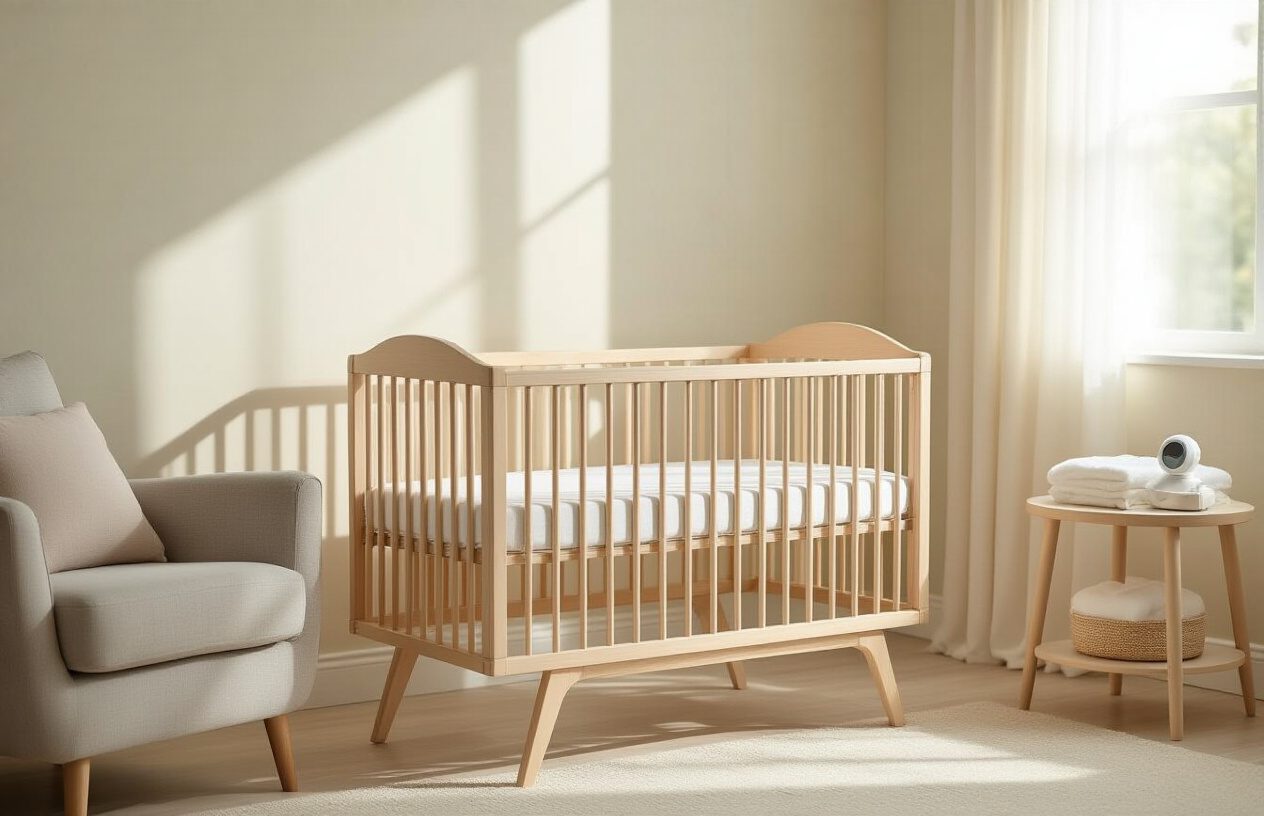
Keeping your baby safe in their bassinet doesn’t have to be overwhelming when you know what to look for.
The seven safety rules we’ve covered – from choosing the right size and weight limits to creating a safe sleep environment and knowing when it’s time to transition – form the foundation of bassinet safety.
Remember to always follow proper assembly instructions, position your bassinet away from hazards, and stick to safe sleep practices with your baby on their back on a firm, bare mattress.
Your baby’s safety is worth the extra attention to these details. Take a moment today to double-check your current bassinet setup against these guidelines, and don’t hesitate to make any necessary adjustments.





